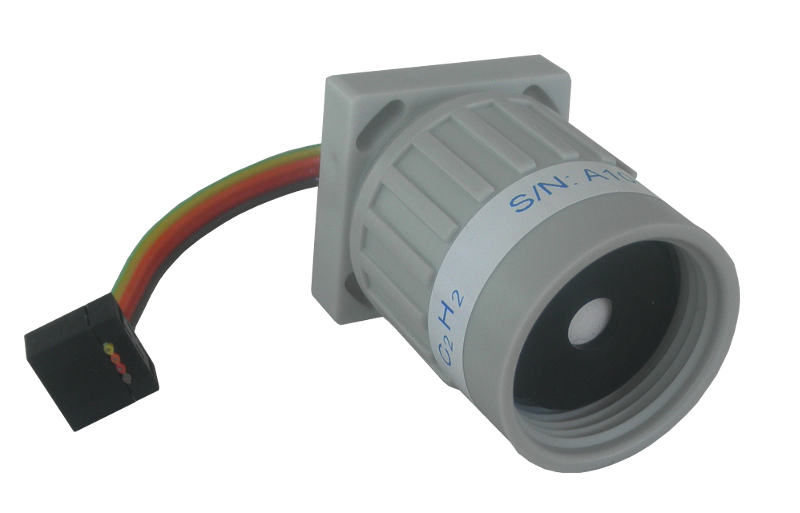

The Queensland Government monitors benzene, toluene, xylene and formaldehyde levels in South East Queensland and Gladstone. non-combustion activities where solvents are used, such as in cleaning and paint manufacture industries.combustion processes, such as engines, power stations, bushfires and hazard reduction burning.These substances are often among the highest air toxics on a mass emissions basis, and may have significant health impacts such as cancer or respiratory, reproductive and developmental effects. polycyclic aromatic hydrocarbons (PAHs).With this total duty or evaporation rate, condenser calculation is easy.Air toxics or 'hazardous air pollutants' are gases, particles or aerosols present in the air at levels where they pose a hazard to human health, plant or animal life.Īir toxics include volatile organic compounds (VOCs), polycyclic aromatic hydrocarbons (PAHs), heavy metals and aldehydes. You should consider( I assume it s a batch process) during evaporation, solvent level and area of reactor will be decrease then in beging of evaporation you have maximum evaporation rate. In next step, you could calculate rate of evaporation based on total duty and lateant heat of slovents. The maximum release rate without steam entrainment will be: 220 x 11 bar a = 2 420 kg/m² hĪnd if steam is getting released from surface the rate of 220kg/m2h then rate of solvents like ethanol would be higher I think, with reference to evaporation standards.įirst off all, I suggest you calculate overal heat transfer of reactors and i think your reactor should be equipped with impeller, to do this, there are diffrent documents tha you can use and i think chapter 10 of chemical process equipment selection and design book is a good refrence.Also area of reactors and temperature difrence are known and you could calculate total duty of reactors. A working approximation suggests: Maximum release rate without steam entrainment (kg/m² h) = 220 x pressure (bar a) The steam accumulator in Example 3.22.2 is operating at 10 bar g (11 bar a). Like diethyl ether and butyl acetate.Įmperical test work shows that the rate at which dry steam can be released from the surface of water is a function of pressure.
#How to calculate ppm voc vs evaporated liquid how to#
Please give your expert comments so that I can solve this.Įdited by vntgpt, 13 January 2011 - 12:02 AM.Īny idea how to use evaporation standards to calculate the evaporation rates of other solvents. How and where we use heat of vaporization? Is it also being used for calculating condenser surface area? For Calculation of condenser heat transfer area, we will consider, liquid volume being vaporized or the vapor volume of solvent being vaporised.ģ. Secondly, I need to calculate the condenser heat transfer area which will completely condense the vapors to liquid. It would be very helpful for me if somebody can tell me the way to calculate the maximum vaporization rate? Note: Temperatures above boiling point under reduced pressure can be used to increase the rate of vaporization.Ģ. But my problem is I am not able to find any formula to calculate the maximum vaporization rate of these solvents or any other way. I need to recover maximum possible solvents under reduced pressure conditions of 100 mmhg absolute. I have three solvents, ethanol, acetonitrile and heptane and these will be recovered from reactors of capacity 5kL, 3kL and 2kL with surface area of 2.7 m2, 1.9 m2 and 1.46m2 and Boiling points are 78C, 82C and 98C respectively.

I too have a problem, so I decided to write here after trying to get the answer through internet and books.ġ.

I am new to this forum, find it really helpful for young engineers to find out solutions for their problems.


 0 kommentar(er)
0 kommentar(er)
